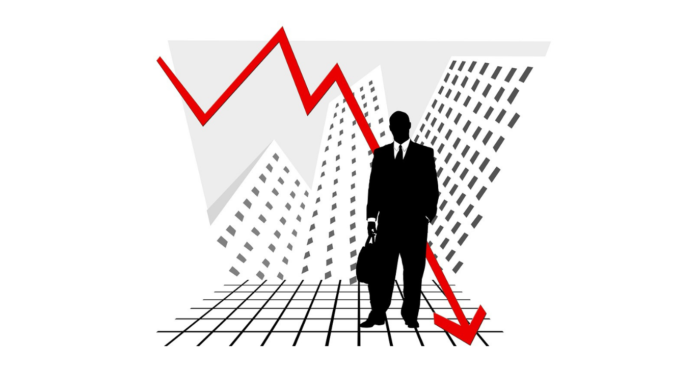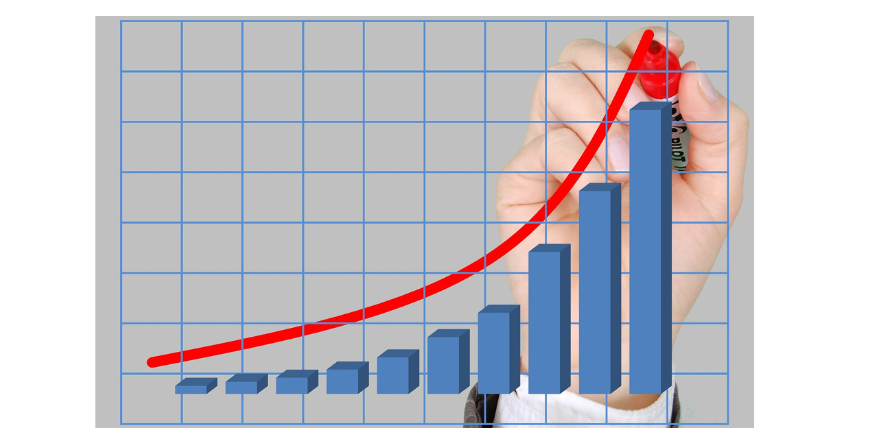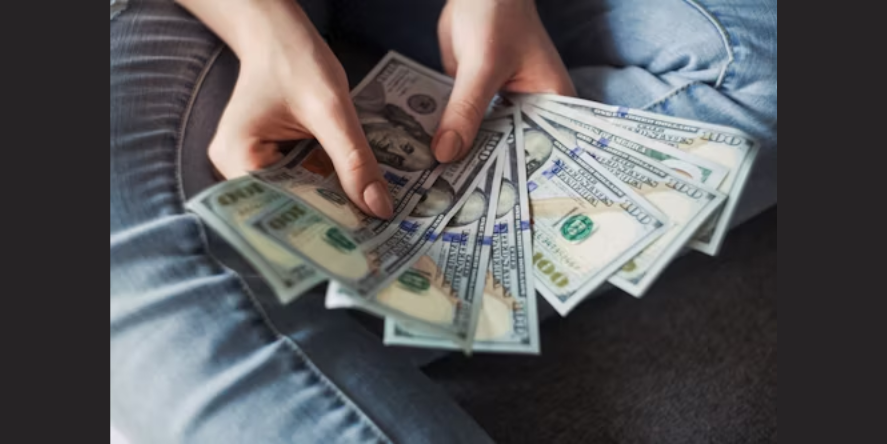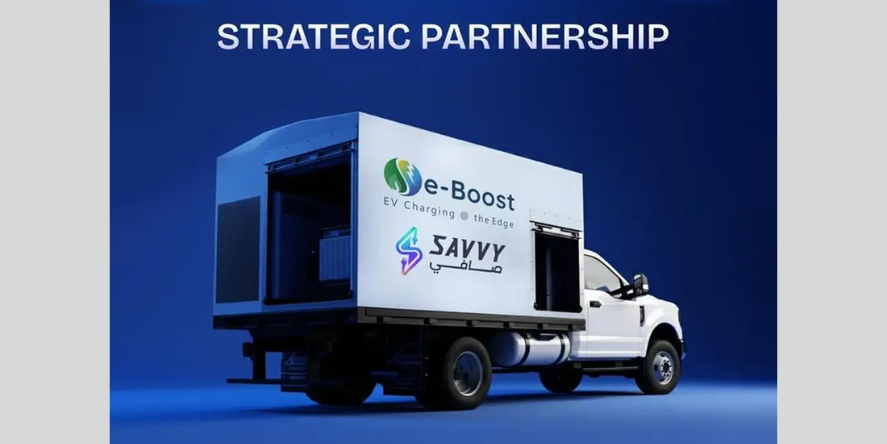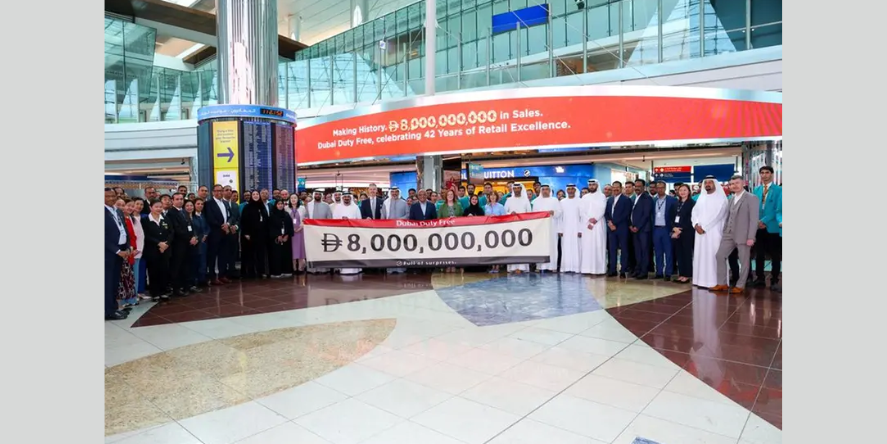With the market heaving into resistance well-extended above long-term means and clearly overbought, the astute course of action heading into 2022 would aim to be a reduction of overweight equity positioning and rebalancing of overall portfolio exposures. One aspect to notice is for a potential rotation to value particularly if inflationary pressures continue to remain elevated. Bonds signal a risk-off bias to the market as the deviation between bond yields and inflation continues to widen.
The biggest risk to stocks is not the Fed. The S&P 500 typically fares well when the Fed raises rates for the first time in a tightening cycle. For example, the Fed embarked on a rate hike cycle on June 30, 1999, when it raised rates by a quarter-point to 5%. The S&P 500 rose 7% from there to post a gain of 19.5% for the year. That is a true statement.
When the Fed initially starts hiking rates, it is usually during a strongly trending bull market. Much like a race car rolling downhill in neutral, tapping the brakes initially doesn’t do much to curb the momentum. However, keep pushing on the brake pedal long enough, and the car will eventually slow to a halt. The risk is not the initial rate hike, the second, or even the third for stocks.
It is the point where the increase in rates causes something to break either in the economy, credit markets, or a change in bullish psychology. Secondly, without exception, rate-hiking campaigns led to a negative outcome. Furthermore, the negative impact occurred at consistently lower levels. So, while stocks rose 7% in 1999 after the Fed hiked rates, in 2000 when the Fed finished hiking rates, the stock market fell nearly 50% over the next two years.
In my opinion what could be a bigger risk to stocks? While the topic of share buybacks remains one of great debate, the magnitude of the impact on the financial markets remained somewhat obscure. However, the use of buybacks to artificially inflate earnings was not.
On a lighter vein, the problem for companies in a weak economic environment is the lack of topline revenue growth. Given higher stock prices compensate corporate executives, it is not surprising to see companies opt for a short-term benefit of buybacks versus investment.
The surge in the repurchase of shares over the last decade remains one of the more significant supports to the financial markets. This is because it is mostly the major market-cap-weighted names that can afford multi-billion share buybacks. So tapering and tightening would need to be the order of the day. So the rationalizations of the bull market to date typically are;
- Low rates justify high valuations.
- Low inflation justifies high valuations.
- The Fed’s monetary liquidity supports stock prices.
- The Fed’s zero-interest policy supports the bull market.
- There is no alternative to stocks when rates are zero.
We now know that it isn’t all of these rationalizations supporting higher stock prices but rather stock buybacks.
BOFA recently reported that buybacks by corporate clients picked up to their highest weekly level since March. The bank calculated that corporations bought back $3.4 billion worth of their own stock, twice the level from the previous week and well above the recent weekly averages. While the surge in buybacks may temporarily ease concerns over the withdrawal of monetary support, such will likely not last.
Historically, the reversal of Fed policy to a tighter regime slows stock buybacks and tempers stock market returns. With the Fed on deck to start tightening policy heading into 2022, there is a significant risk that buybacks will slow. Such was the case when the issuance of cheap debt provided the funding for many of these repurchases.
I reckon that 2022 would be a bumpy ride for the markets. The Fed recently highlighted the most salient risks that could undermine the financial system. Those included “structural vulnerabilities” in money market funds, valuations, “stable coins,” a generic warning about risks associated with cryptocurrency adoption, inflation, and fading fiscal support. But as always, the Fed hopes they can orchestrate a “soft-landing” for the stock market. Unfortunately, the Fed has a miserable track record of such outcomes.
Richard Thaler, the famous University of Chicago professor who won the Nobel Prize in economics, stated and quote “We seem to be living in the riskiest moment of our lives, and yet the stock market seems to be napping. I admit to not understanding it. I don’t know about you, but I’m nervous, and it seems like when investors are nervous, they’re prone to be spooked. Nothing seems to spook the market.”
Such is always the case, just before something does. But heading into 2022, significant headwinds face a highly valued market.
- As noted, tighter monetary policy and high valuations.
- Less liquidity globally as Central Banks slow accommodation.
- Less liquidity in the economy the previous monetary injections fade.
- Higher inflation reduces consumption
- Weaker economic growth
- Weak consumer confidence due to inflation
- Flattening yield curve
- Weaker earnings growth
- Profit margin compression
- Weaker year-over-year comparisons of most economic data.
The point is that many of the tailwinds that have existed since March 2020 will now become headwinds. Importantly, companies that performed un-economic buybacks will find themselves with financial losses, more debt, and fewer opportunities to grow in the future. The most considerable risk for investors betting on higher stock prices isn’t the Fed. Instead, it is the reversal of stock buybacks.
On the US front, the mid-terms are rapidly approaching and artificial stimulus has the opposite effect on households than what is believed. The repeated argument that more stimulus helps the poor working class is erroneous. As we argued previously, when you provide free money, those that provide the products and services understand that and lift prices accordingly. A recent study shows this impact.
An analysis by the Penn Wharton Budget Model found that low- and middle-income households spent about 7% more in 2021 for the same products they bought in 2020 or 2019, an average of about USD 3,500.” In other words, when you provide free capital, the free market economy will adjust prices to compensate for the additional demand for products and services.
Those that primarily live paycheck-to-paycheck, with little excess disposable income, see that free capital essentially taxed away leaving them in the same state they were in previously. This is why socialism in any form does not elevate the middle class. While the BBB plan is touted by Democrats to be a much-needed saving grace for the poor, the reality is that the additional social income will continue to create inflationary pressures that weigh on the poor the most.
Another clear indication that socialistic policies are not leading to stronger, sustained, rates of economic growth is the current yield on Treasury bonds. As shown below, the current deviation between economic growth, and subsequent inflation, as would be expected, should have resulted in higher interest rates. However, because the growth was from an artificial surge in monetary stimulus, the bond market is already pricing in a sharp reversion in growth and inflation over the next two years.
If you’ve invested in Apple, Microsoft, Nvidia, and Tesla in 2021, super congrats! You’ve probably had one heck of a year. If you invested in a generic S&P 500 or even total market ETF that market cap-weights its holdings, congratulations to you too! By virtue of index structure, you’ve also been heavily invested in those names and likely had a pretty good year yourself.
However, if you diversified your portfolio, owned a number of different asset classes, and focused on risk management over return maximization, sorry! You very likely underperformed the S&P 500 in 2021, maybe even by a large margin depending on how you constructed your portfolio.
The S&P 500 is going to finish the year with roughly a 30% total return. The Russell 2000, the benchmark for small-caps, will only return about half that much. If you had some of your money in international stocks, you’ll likely see a total return of around 11-12%, not bad based on long-term averages but no doubt disappointing when measured against what U.S. large-caps have done.
Emerging markets? Dead money again thanks to China (although emerging markets ex-China will have gained about 8%). Treasuries have bounced around this year, but long-duration government bonds are on pace to lose about 5% on the year.
In other words, this has been a very narrow market advance, not a broad one, and certainly not one that would indicate broad confidence in an economic expansion. While I’m emphasizing the returns for just 2021 in demonstrating this, some of these Intermarket trends have been going on for years, if not decades.
We’re seeing investors latching on to mega-cap growth names right now in a way that I haven’t seen since they overloaded on tech stocks back in 2000. The idea of mean reversion, obviously, isn’t set in stone nor is it a sure thing, but it does often eventually occur. It happened during the tech bubble. It happened during the financial crisis. It happened during the COVID recession. It’ll likely happen again.
There are several asset classes out there where the mean reversion is set up. Perhaps the most notable case is U.S. small-caps. Small-caps are generally expected to outperform large-caps over time given the extra degree of risk involved. Over the past three decades, not only have they failed to keep up on a risk-adjusted basis, they’ve failed to keep up on an absolute basis. The risk premium for investing in small-caps has actually been negative. Small-caps have been lagging large-caps for the past decade and haven’t had a consistent run of outperformance since the 2000-2007 window.
This one is probably painfully obvious to anyone whose investing strategy has leaned heavily into dividend or low volatility stocks. The commonly accepted investing principle that value outperforms growth over time hasn’t been true for quite a while. Outside of a few very brief periods, value has fallen further and further behind growth since the financial crisis all the way back in 2007. International stocks are generally considered riskier than U.S. stocks and therefore, in theory, could carry a risk premium of their own. That hasn’t happened though.
International stocks have lagged U.S. large-caps by 5-6% per year for more than 30 years! Closer at home, Dubai set out another expansionary budget for this year as the Middle Eastern business hub seeks to offset the impact of the coronavirus pandemic and keep its economy on a growth trajectory.
Spending has been pegged at 60 Bio Dirhams (USD 16.3 Bio) and revenue at 57.6 Bio Dirhams, according to Dubai’s Crown Prince Sheikh Hamdan bin Mohammed. Dubai is continuing to work to “realize the emirate’s ambitious future plans, enhance its competitiveness and consolidate its position as a leading global commercial hub,” he said. Dubai’s business conditions saw the sharpest improvement in two years in October, spurred by a rebound in new orders and increased tourism as Expo 2020 got underway.
Authored By: – Geoffrey Muns
Geoffrey Muns is an Independent Financial Advisor and Planner certified from the UK, US, and UAE based out of Dubai for the past 25 years. He also works in the PE/VC space and is a seasoned investment banker having worked with international banks and investment firms in the region.
The blog received on mail from Geoffrey Muns


